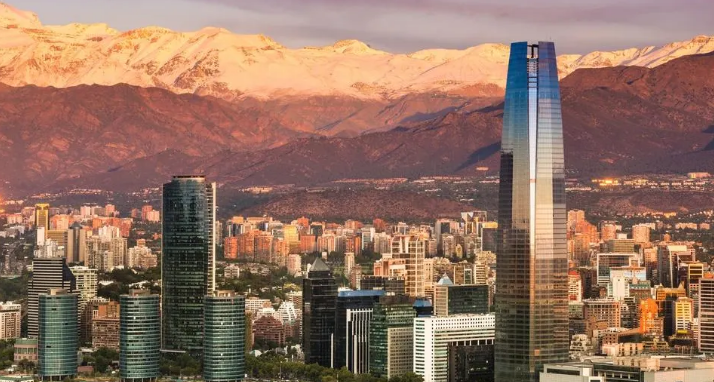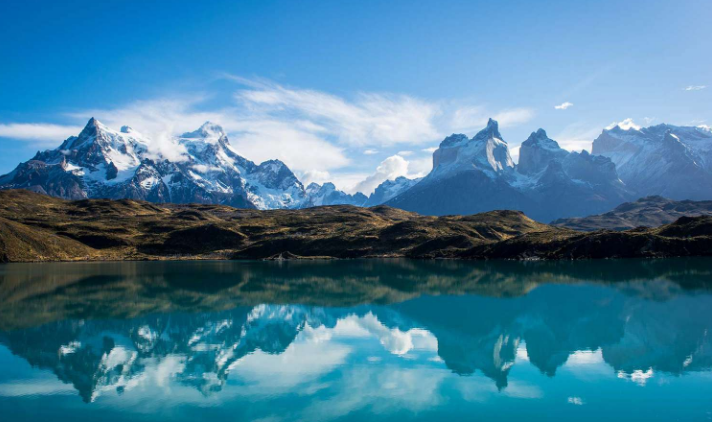Chile, a land of breathtaking landscapes and natural wonders, offers diverse experiences for travelers. From the arid beauty of the Atacama Desert to the lush, lake-filled regions, here’s a look at four essential destinations:
Overview of Chile’s Destinations
Chile (https://notipostingt.com/2022/04/13/4-lugares-que-debes-visitar-en-chile) stretches from the driest desert to glacial fjords, blending unique natural attractions with a rich cultural heritage.
1. The Atacama Desert

Origin: Formed over millions of years, the Atacama Desert is located in northern Chile and is known as the driest non-polar desert globally.
Key Features: Salt flats, geysers, volcanoes, and a night sky ideal for stargazing.
Significance: Its extreme conditions provide insights into Mars-like terrains, attracting scientists and travelers.
Unique Info: Some areas receive less than one millimeter of rain annually.
2. Santiago de Chile

Origin: Founded in 1541, Santiago blends history with modernity.
Key Features: Historical plazas, museums, and vibrant markets.
Significance: The capital and cultural heart of Chile.
Unique Info: Surrounded by the Andes, offering winter sports nearby.
3. Patagonia (Torres del Paine)

Origin: Shaped by glaciers, Patagonia is one of the world’s last wild frontiers.
Key Features: Towering mountains, turquoise lakes, and vast landscapes.
Significance: A UNESCO Biosphere Reserve with immense biodiversity.
Unique Info: Home to rare wildlife like pumas and Andean condors.
4. La Región de Los Lagos (Lake District)

Origin: A product of volcanic activity, this lush area is rich in lakes and greenery.
Key Features: Volcanoes, waterfalls, and German-inspired architecture.
Significance: Known for its pristine environment and outdoor activities.
Unique Info: The area has a distinct European influence, especially in food and architecture.
FAQs
- When is the best time to visit the Atacama Desert?
The cooler months from April to September offer comfortable temperatures for sightseeing. - Is stargazing possible year-round in the Atacama?
Yes, the desert’s clear skies make it a premier spot for stargazing year-round. - How high is the Atacama Desert?
It sits about 2,400 meters (7,900 feet) above sea level. - Is Torres del Paine accessible year-round?
Yes, though some areas may be difficult to access in winter (June-August). - What is unique about Santiago’s climate?
Santiago experiences a Mediterranean climate, with hot, dry summers and mild, wet winters. - Is English widely spoken in Chile’s tourist areas?
English is more common in tourist-friendly areas but not everywhere. - Can I drive in the Lake District?
Yes, the region is accessible by car, and driving offers flexibility. - Are there eco-friendly accommodations in Patagonia?
Yes, many lodges in Torres del Paine prioritize sustainable practices. - Do I need permits to hike in Torres del Paine?
Yes, permits are required, and it’s advised to book in advance. - What makes the Atacama a scientific interest?
Its extreme dryness is ideal for studying Mars-like environments.
Conclusion
Chile’s diverse landscapes, from deserts to glaciers, offer unforgettable experiences. Whether you’re exploring ancient cultures or basking in natural beauty, Chile is a destination like no other.
